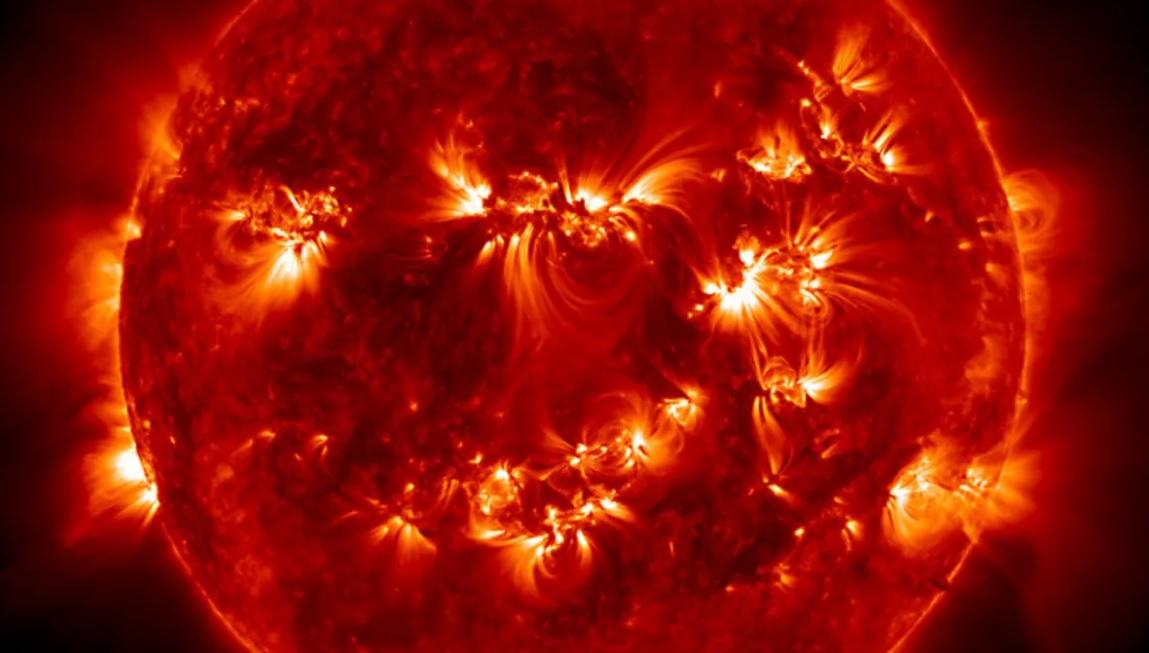A comet was recorded hitting the sun while NASA's Solar and Heliospheric Observatory was observing the movements of our star. Comets are a general name given to small solar system bodies that begin to heat up and release gas as they pass near the Sun. At the same time, comets can vary in size from a few hundred meters to tens of kilometers.
It happened last Sunday and it was one of the fascinating views of the cosmos. The strong gravitational pull of the sun seemed to overwhelm the comet. Of course, itwas powerless to prevent the collision. This impact also produced a visible coronal mass ejection that was blasted from the other side of the Sun.
Scientists from NASA's Solar and Heliospheric Observatory noticed solar motions on Sunday. The comet's motions were one of the statistics that caught people's interest. This comet impacted with the Sun at that precise time, creating an incredible moment that will never be forgotten. The observatory's specialists were intrigued by how quickly it vanished after colliding with the sun, dissipating like a mist. For Spaceweather.com, astronomer Tony Phillips offered some comments about the matter.
Also See: Angel Effect Continues its Investment Spree in Turkey!
Sunspot Activity is Reminded by Comet Hit with the Sun

Philips stated that for the almost mortal comet, it is definitely a 'Kreutz sungrazer'. According to Philips' testimony, it was part of a giant comet that disintegrated centuries ago. A swarm of these fragments orbited the sun. In fact, at least one of them was getting too close and falling apart every day.
He said that most of them are too small to be observed for the Philips deadly comet since their diameter is less than a few meters. But occasionally, he noted, it receives a lot of attention, like today.
The comet, which crashed by not resisting the gravitational force of the Sun, evaporated in a very short time in the face of the sungrazer's high and powerful heat of the sun. This exciting motion picture delivers an interesting message that the Sun is currently going through a period of serious turbulence given sunspot activity.





No comments yet for this news, be the first one!...